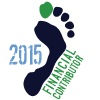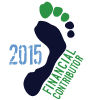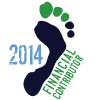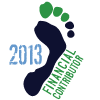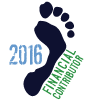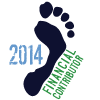Based on my lay understanding of physics / biomechanics, that is correct, and the Pose model doesn't make sense to me. The reason I don't offer my own critique of Pose is because others much more qualified than I am already have. I'm just a simple country linguistic anthropologist. No need to rehearse these arguments here.
I don't doubt that you get good results coaching with the Pose method (you certainly are passionate about your metier!). What I would suggest is that you are using a 'folk' model that offers valuable cues to achieving good form for your clients/students. As we know, folk models can work quite well on a practical level. Even Newtonian physics has become something of a folk model insofar as quantum mechanics offers a truer model of reality. Nonetheless, Newtonian physics is still perfectly adequate for building bridges. It's just that it fails in explaining adequately 'what's really going on' on a deeper level. Likewise, looking at the position of the sun still works for fairly accurate time-reckoning, but we know for a fact that the earth is the one changing its position throughout the day, not the sun.
My evolving understanding of running/biomechanics is that 'good form' exists, yes, but there's a certain amount of variation within that, and that different coaches use different cues with different students to achieve that form. The danger is in confusing these cues or models with 'what's really going on,' confusing practical results for theoretical understanding.
For example, experimental results show that the return phase of the gait cycle is mainly reflexive. That means there's little need to pull our legs or drive our knees. Yet the 'leg pull' or 'knee drive' cue or image may lead to better form with some students, as they may cause other things to happen, like a faster cadence or better placement of foot landing, that are beneficial. Likewise, in boxing, it might be useful to think of the torso as launching the fist, in order to relax the upper body and arm and let the power generated by the knees and hips be conducted to the fist efficiently. But of course, you aren't actually launching the fist.
At this point we buy another round of beer and change the topic.























